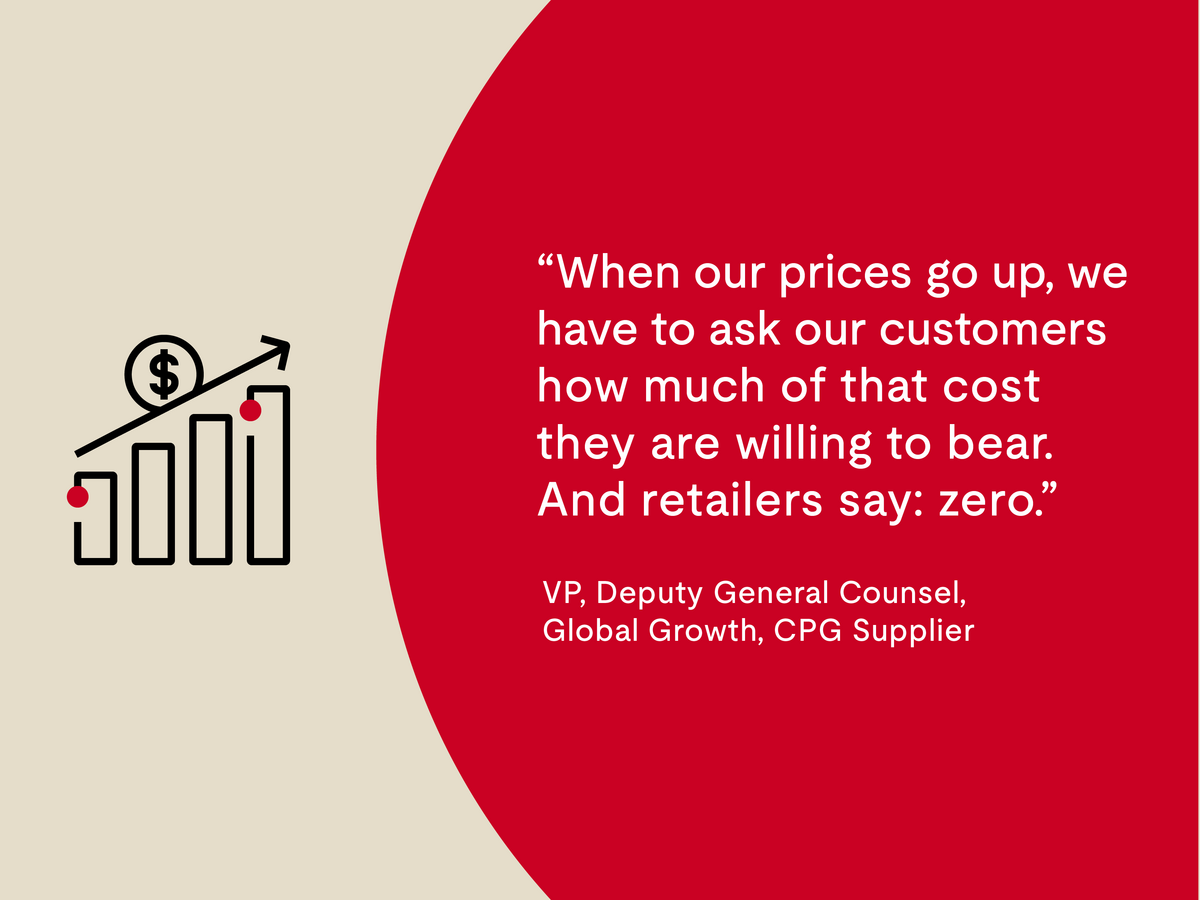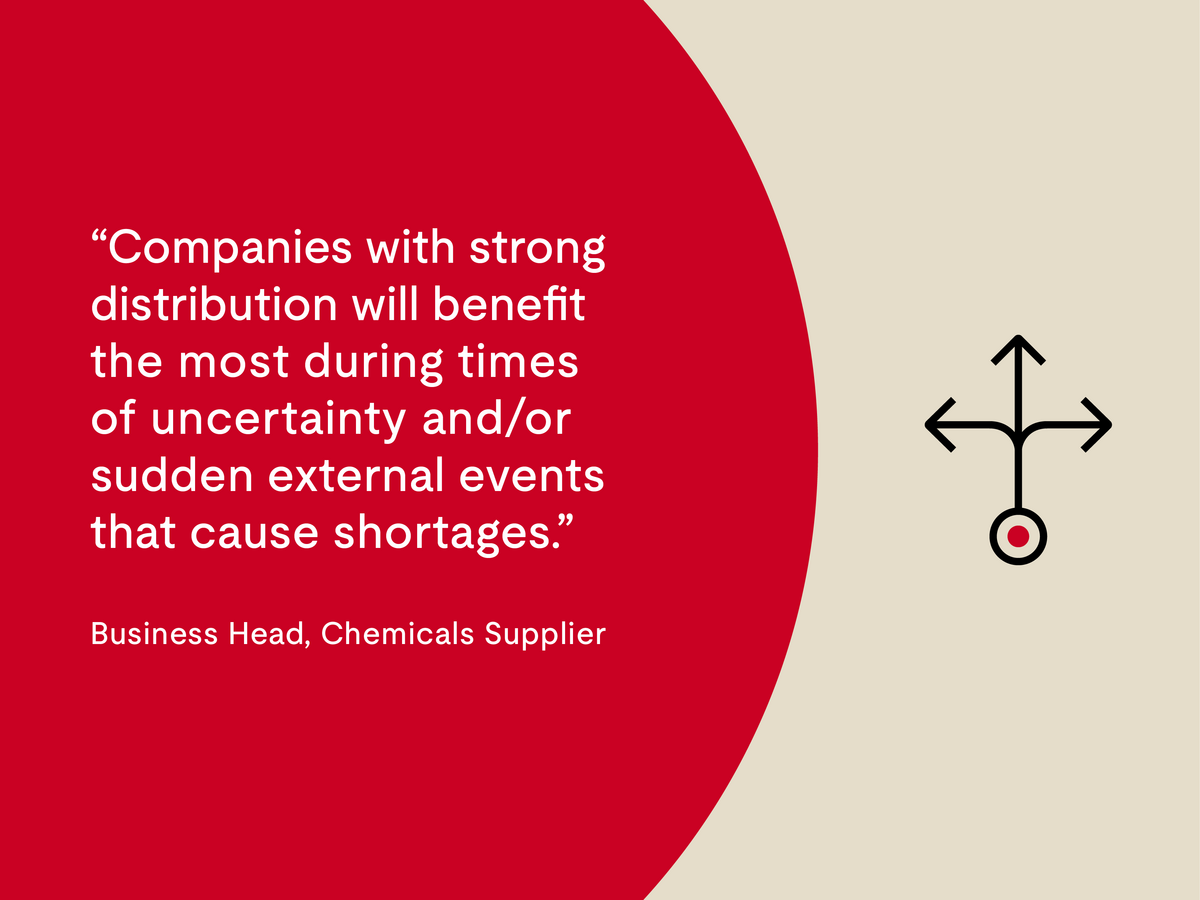Our research uncovers what senior executives across industries around the world are facing, from supply chain issues and geopolitical concerns to environmental, social and governance (ESG) metrics — and beyond. See what the results say and learn more about key market access issues.
Regional differences
Market access success varies by region and industry, as some markets are more complex, highly regulated or immature than others.
Here’s what survey respondents said about markets around the world:
New and existing market performance
Africa & Middle East: These areas are notoriously difficult to enter, and the last two years have been no exception. Even companies that already traded in these areas only had a 17% market access success rate in Africa and a 21% market access success rate in the Middle East.
North America: When a company already has a presence here, 66% of market launches are successful. However, if North America is a new market, just 26% of market launches are successful — the biggest gap in any region.
The U.K. and EU: This area offers a fairly high level of market access success in regions where a company already has a presence (47%) and a much lower level of success without (22%).
Asia: With statistics very similar to the U.K. and EU, companies with a presence in Asia experience moderate rates of market access success (43%), which falls to a lower rate without existing presence (24%).
Explore core market access issues facing several industries
Consumer Packaged Goods (CPG)
Respondents cite these topics as core issues they’re facing today:
Geopolitical concerns: Conflicts, sanctions and regulations (such as anti-trust and anti-corruption laws) lead to a constantly changing landscape.
Slimmer margins: A perennial issue for CPG manufacturers, margins are recently impacted by rising import duties and labor and energy costs. This may result in unprofitable products that must be kept in stores to retain shelf space.
Supply chain visibility: Respondents report that suppliers are less than transparent about operational problems impacting availability.
Buyer trends: In both new and emerging markets, CPG brands need to invest in marketing and merchandising to develop relationships with new customers and retailers — or risk losing space to white-label products.
How CPG leaders are taking action:
Tackling plastic use: As ESG metrics become more important (and even mandatory), CPG leaders are taking steps to reduce plastics in favor of more sustainable packaging.
Pinpoint per-country regulations: Companies need to constantly surveil the escalating regulatory landscape for changes — or else risk losing market access and incurring fines.
Customize strategies for developing markets: Tactics include setting prices low, analyzing the value chain for inappropriate kickbacks and proving security for personnel.
Middle East market entry: CPG leaders are establishing joint ventures to offer more products in more countries, as well as scanning the value chain for illegal kickbacks.
Understanding geopolitical impacts: Manufacturers need to stay up to date on sanctioned entities and individuals, plus provide security for workers in key locales.
Chemicals
Respondents cite these topics as core issues they’re facing today:
Escalating regulatory landscape: Additional legislation in both established and emerging markets impacts market access, from Registration, Evaluation, Authorisation and Restriction of Chemicals (REACH) in the EU to China’s evolving ESG regulations.
Price spikes and supply constraints: The war in Ukraine led to significant increases in prices for oil and other inputs, while exploration for new supplies remains limited.
Sluggish demand: Some of the chemical industry’s key customers (CPG, industrial and food products) experienced COVID-19-related slowdowns, which impacts buying and overall margins.
Storage and transport: Repeated waves of COVID-19 led to lockdowns of Chinese ports, which constricted the flow of goods. This inadvertent stockpiling of chemicals may create significant hazards.
Here's how chemicals manufacturers are tackling these challenges:
Constant regulatory monitoring: Survey respondents are mobilizing in-house environmental health and safety (EHS) teams to track news about global regulatory changes — and how they impact the company.
More resilient supply chains: Improved elasticity and distribution can buffer against fluctuations in the global supply chain.
Embracing ESG: Manufacturers say they’re building relationships with regulators to understand evolving requirements to support time-to-market goals, product innovation and equipment upgrades.
Unlocking new markets: Chemicals leaders say that public relations agencies can be useful in managing citizen concerns regarding new factories. Collaboration with local agencies is key to shaping policy changes.
Enriching emerging markets: Market access in developed markets is most effectively expanded through mergers or acquisitions; however, trade protections may complicate these efforts.
Medtech
This rapidly growing industry outlines these areas for market access concerns:
Ratcheting up the regulations: With COVID-19-era regulatory exceptions now easing or expiring, manufacturers face additional import restrictions. Plus, the U.S. CHIPS and Science Act of 2022 will affect global chip supply and restrict foreign-built devices.
Fragmented standards and protocols: Survey respondents say that more streamlined protocols for 5G transition are required, and new standards are needed to support Internet of Things (IoT) proliferation.
Supply chain shortages: For the past several years, manufacturers have struggled with significant shortages of chips and other key electronic components — which may last for at least several more years.
Cybersecurity and data privacy: Stakeholders predict that governments are likely to introduce additional restrictions of foreign-produced medtech products in order to protect sensitive patient data.








